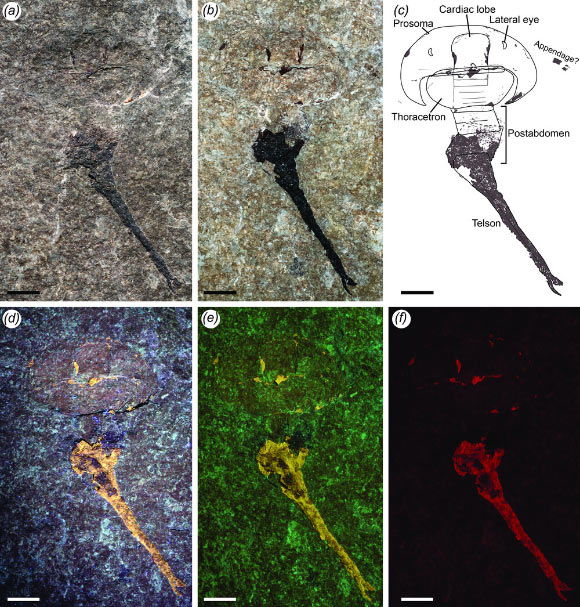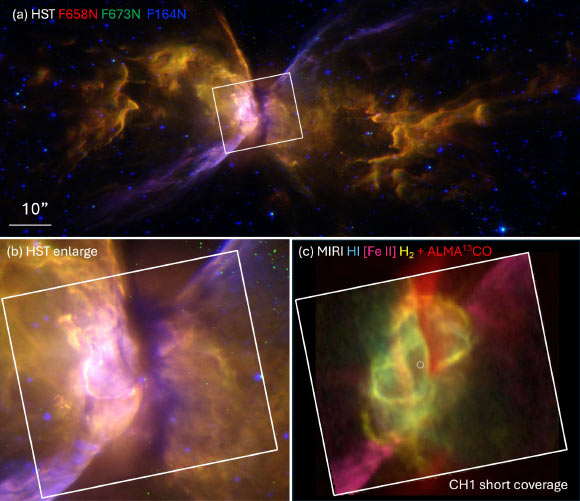Now Reading: Fossil Discovery: First-Ever Silurian Horseshoe Crab Unearthed
1
-
01
Fossil Discovery: First-Ever Silurian Horseshoe Crab Unearthed
Fossil Discovery: First-Ever Silurian Horseshoe Crab Unearthed

Speedy Summary
- Horseshoe crabs, aquatic chelicerate arthropods with an evolutionary history of 450 million years, are considered “living fossils.”
- A new Silurian-age species of horseshoe crab, Ciurcalimulus discobolus, was recently described by Dr. James Lamsdell from West Virginia University.
- This species bridges an 80-million-year gap in the fossil record between Ordovician (480-450 million years ago) and Late Devonian (370 million years ago) specimens.
- The fossil was discovered in Indiana, USA, from a rock formation dating back approximately 424 million years.
- Unlike other early horseshoe crabs like Lunataspis, Ciurcalimulus discobolus has distinct morphological traits such as the absence of axial nodes on its thoracetron and lacking a thoracetron marginal rim defined dorsally by a furrow.
- The study suggests that horseshoe crabs survived the end Ordovician mass extinction with limited evolutionary impact and retained similarities to earlier forms for extended periods.
- Horsecrab origins appear centered in Lauriea (North America/Europe),though paleontological research historically is biased toward these regions over gondwana.
Full Study Here:***Don inter related parts trimming can discread txtly
Stay Informed With the Latest & Most Important News
Previous Post
Next Post
Loading Next Post...




























